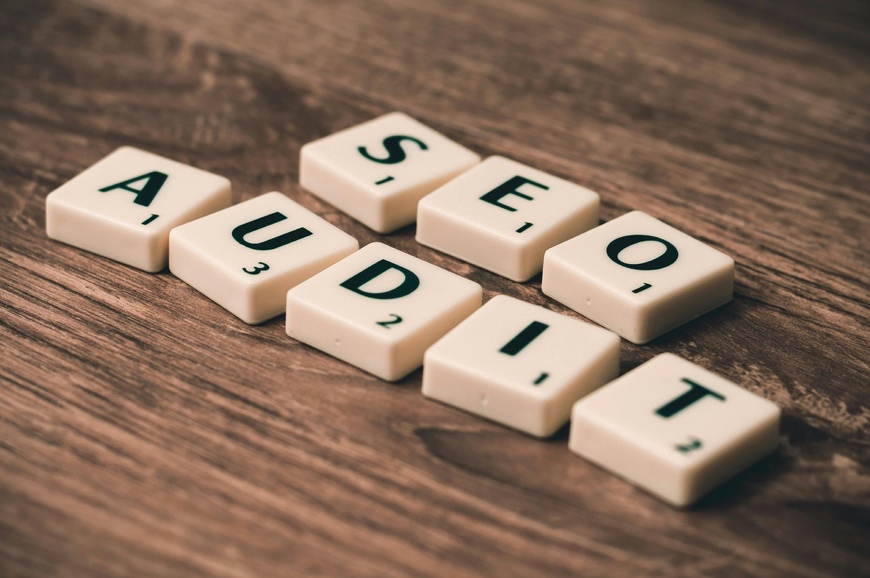SEO Without Stress: A Step-by-Step Checklist for Successful Website Optimization

On-page SEO optimization is a critically important part of any website’s growth. Its goal is to improve the site’s rankings in search engine results, attract more traffic, and enhance user experience.
Below you’ll find key on-page SEO optimization points to help improve your website’s performance and visibility. The custom web development service remains in high demand.
Website Structure Analysis
Website structure is important for both search engines and users. A clearly organized structure simplifies indexing and navigation.
- URL hierarchy. Develop a logical structure. Each URL should be accessible within a few clicks from the homepage.
- Navigation. The main menu and internal links must function correctly and guide users to relevant pages.
URL Optimization
URLs should be short, clear, and informative. This helps search engines work more efficiently and allows users to understand what the page is about.
Meta Tags
Meta tags provide search engines and users with essential information about a page. Each meta tag should be unique, include a keyword, and reflect the page’s essence.
The title tag should be informative, contain a keyword, and have a length of 50–70 characters.
Content Optimization
Content is the foundation of SEO, so it’s crucial to optimize it properly.
- Use keywords naturally without overstuffing.
- Use structured headings (H1, H2, etc.).
- The H1 heading must be unique and contain a keyword.
- Create unique, valuable, and informative content that answers users’ questions.
Internal Linking
Internal links help search engines index pages and increase the time users spend on the site.
- Add links to other pages on your site to provide more information.
- Use descriptive anchor texts that reflect the content of linked pages.
Image Optimization
Images are important for both SEO and user experience.
- Add ALT text descriptions with relevant keywords to each image.
- Compress image sizes without losing quality to speed up page loading.
Mobile Optimization
Your website must be mobile-friendly, as search engines (such as Google) evaluate the mobile version for ranking.
- Ensure proper display on smartphones and tablets.
- Optimize pages for fast loading on mobile devices.
Page Loading Speed
Page speed is a crucial SEO factor. Slow loading can negatively affect rankings and user experience.
- Caching. Enable caching to speed up return visits.
- File minification. Reduce the size of CSS, JavaScript, and HTML files.
- Use of CDN. Hosting content on servers in different regions speeds up delivery for users across locations.
Structured Data Implementation
Structured data helps search engines better understand content and display rich results in search listings.
Implement structured data for product pages, reviews, articles, and more to improve visibility in search results.
Analytics and Monitoring
For SEO to be effective, results must be monitored regularly, and strategy adjusted based on data.
- Use Google Analytics to track traffic and user behavior.
- Use Google Search Console to monitor indexing and errors.
- Regularly analyze which pages generate more traffic and which keywords perform best.
Summary
On-page SEO optimization requires continuous attention and improvement.
By following these recommendations, you can significantly increase your website’s visibility, rankings, and attract more targeted visitors.
